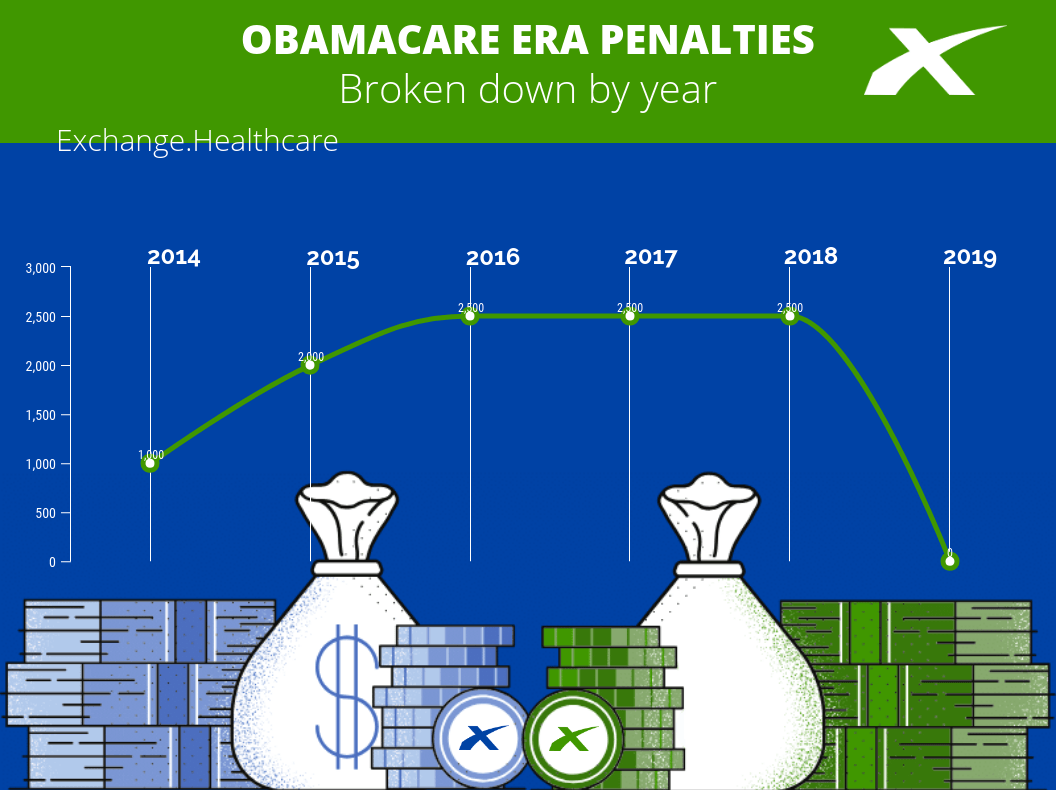MAGA in Medical Care: What Is Trumpcare?
The MAGA movement has made it to medical care. While many supporters would have liked to have seen more changes in health care during President Trump's first term, it's clear that this historic president has already made huge changes to the U.S. medical system.Americans no longer have to pay not to have health insurance with the ending of Obamacare's "individual mandate," and government relief programs are reducing the cost of healthcare people all over the USA. Learn more about Trumpcare changes and how to make the most of the current administration's health care policies.
What is Trumpcare?
An unofficial Trumpcare website (trumpcare.com) sums it up perfectly:"President Trump's Administration seems to be in favor of short-term health plans, and allowing for association health plans to be more available, and with less retrictions."No major changes have been made to the U.S. health care system under President Trump since the American Health Care Act (AHCA) failed to pass the Senate in 2017. However, the administration has made a point of offering short-term plans through new providers as a quick fix to the problems left behind by the previous administration.Also known as Obamacare Alternative Plans (OAPs), these plans are now available through most American health insurance providers. New short-term plans won't be labeled "Trumpcare," however, and they probably won't be labeled "Obamacare" either. It's what each plan offers that counts, and you'll need to sink into the finer details to select the health insurance that's right for you.

Top Trumpcare changes
From a certain perspective, it's possible to say that there haven't been very many changes under Trumpcare. After being blocked in the Senate, the Republican's answer to Obamacare lost steam, and for now, the GOP appears to be content with obliterating the unconstitutional "individual mandate." In the background, however, the Trump administration and certain committees in Congress have been hard at work developing new health care solutions for Americans.One of the most significant changes that have affected Trumpcare is the elimination of federal regulations. On the campaign trail, Trump promised to cut two regulations for every new regulation made, and his administration has ended up cutting regulations at a much faster rate than anticipated. In fact, President Trump is the most anti-regulation president in U.S. history, and this deregulatory stance had had a significant impact on the world of health care.Due to regulation cuts, Americans have access to a much wider pool of health care options. There is no viable replacement to the health care market created by Obamacare yet, but the Trump administration has made it a priority to expand existing alternative medical care choices. Here are some examples of the new forms of health care that have received a spotlight under Trumpcare:
1. Health sharing plans
According to Forbes, over 1 million people are now insured by health sharing plans versus 10 million people currently using Obamacare. Originally used by faith groups, some health sharing plans still have religious connotations. For instance, you might be barred from getting a health sharing plan if you use drugs, have sex before marriage, or use tobacco products.If none of that is a problem for you, you'll fall in love with the low prices that health sharing plans offer. An average family of three can get full coverage for less than $500 per month with a health sharing plan, which is less than half of what most families pay.Health sharing organizations are not regulated in any state, which means the federal government will view you as uninsured if you choose this option. At the same time, however, the care you receive with health sharing organizations is often far superior to Obamacare while being significantly less expensive.Health sharing isn't for everyone, but for Christians and others who are willing to abide by reasonably strict lifestyle principles, this Trumpcare option might be the best bet. Keep in mind that health sharing plans usually only offer catastrophic coverage, not maintenance for pre-existing conditions. If you only have health insurance for catastrophic care, however, this limitation might actually increase the appeal of health sharing plans.
2. Limited benefit indemnity insurance
Most employers used to offer limited benefit indemnity insurance before Obamacare. Why? Because this type of insurance is inexpensive and covers all the basics. Sure, LBII plans like Hooray Health generally only cover five visits per year per person, and they generally don't cover very much in terms of catastrophic costs.For healthy families facing a choice between $1,000 or more per month for Obamacare or $250 for limited benefit indemnity insurance, it's clear why LBII has become such a cornerstone of the Trumpcare revolution. Many families can't afford to pay the $10,000 deductible that often applies to emergency room visits, so they opt for a plan that only covers up to $25,000 in medical costs instead.Most LBII plans don't require any deductibles at all, however, and their copay rates are very low. If your son breaks his arm, for instance, an average limited benefit insurance plan would most likely cover all the costs with a $0 deductible and a $25-50 copay. The moment the costs exceed the limit amount (say $25K), however, you'll have to pay the rest out of pocket.
3. Short-term insurance
For decades, short-term health insurance has served as a stopgap for families or individuals between insurance plans. The Obama administration, however, did everything it could to outlaw short-term insurance plans. Trump has completely reversed these Obama era policies, and it's now just as easy to purchase full 12-month short-term insurance policies as it was before.Under Trump's leadership, you can renew your short-term insurance plan for up to three years. If you're waiting it out until Republicans regain the House and pass meaningful health care reform, short-term health insurance might be the right option.Combined with health status insurance, which prevents your premium rates from rising due to changes in your medical condition, short-term plans could even work indefinitely. People all over the USA are choosing this very option as a loophole to get back the type of insurance they had before Obamacare. Out of all the available Trumpcare options, short-term medical insurance might be the best bet while we wait for real change.

How do I enroll in Trumpcare?
Right now, there is no Trumpcare to enroll in. On the contrary, the Trump Administration has made an effort to amplify existing health care alternatives and make them easier to access. How do I enroll in Trumpcare? All you have to do is ditch Obamacare and choose another option. You don't have to worry about the federal government forcing you to pay not to have insurance anymore: Go ahead and shop the market!While none of the alternatives to Obamacare offer the full range of medical care we're used to, ending our reliance on socialized medicine is a step in the right direction. Consider your options carefully, and make a choice when you're ready.




Exchange Healthcare News
The total amount of money spent on health care each year in the United States is $2.6 trillion, and it is expected to continue rising. By 2021, spending on health care each year is expected to be $4.8 trillion.
About 35 mins ago